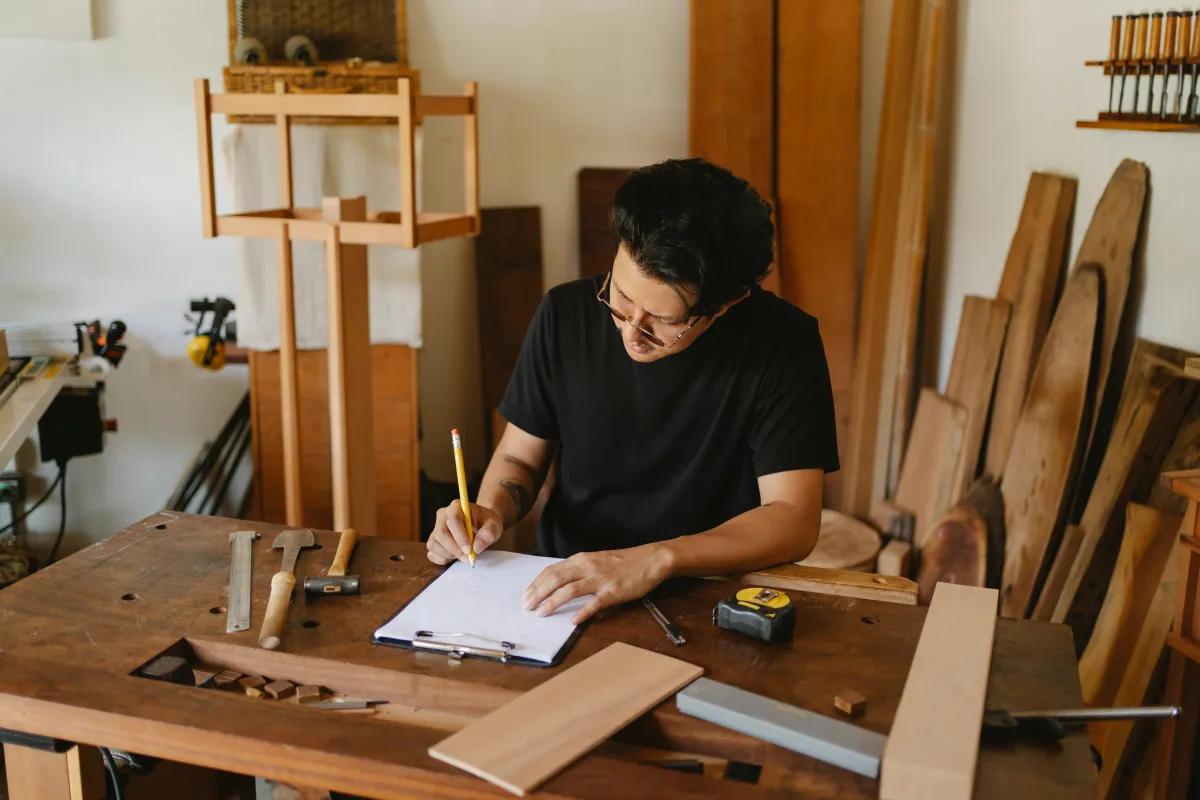Guide to Furniture Design Competitions
Entering furniture design competitions can be an exhilarating journey for budding designers, offering an opportunity to showcase creativity and talent on a grand stage. Many students participate in furniture design competitions while studying but need help winning. Succeeding in competitions involves more than just coming up with creative designs.; it demands a strategic approach and a keen understanding of what judges seek.
Here are some helpful tips for aspiring participants to increase their chances of success:
Understand Judges' Criteria
Get a grasp of the ideas or techniques the judges will seek. Familiarise yourself with the competition's judging criteria and tailor the submissions accordingly.
Learn from Past Winners
Take the time to research and analyse the work of previous competition winners. This will give you valuable insights into the expectations of the competition and the type of designs that resonate with judges.
Create Effective Design Solutions
Strive to develop aesthetically pleasing designs and offer practical solutions to real-world problems. Consider functionality, ergonomics, and user experience while crafting your designs. Your design should address a specific design challenge rather than solving multiple issues. It's important to remember that sometimes simplicity is more effective.
Focus on Quality and Originality
Judges often look for designs that stand out for uniqueness and originality. Invest time brainstorming and refining your ideas to ensure they have a distinct identity. Avoid replicating existing designs and instead aim to push the boundaries of creativity.
Understand the Manufacturing Process and Consider Sustainability
In today's environmentally conscious world, judges appreciate designs demonstrating an understanding of sustainable practices. Consider the environmental impact of your materials and manufacturing processes, aiming for a minimal carbon footprint.
Know Your Materials
Familiarise yourself with different materials and their properties, with a preference for locally sourced materials whenever possible. Understanding the characteristics and limitations of various materials can help you create innovative and feasible designs.
Think About Commercial Viability
The design must be commercially viable for a higher chance of success. A commercially viable product has been carefully considered and developed from all aspects. Make sure the design is something that could sell. Consider market demand and feasibility.
Showcase Your Design with High-Quality 3D Visuals.
You can use advanced rendering techniques to present your designs in the best possible light. You can use this for your presentation board. High-quality 3D visuals can effectively communicate the essence of your concept and captivate judges' attention.
Create Impressive Prototypes
Create high-quality prototypes that accurately represent your design vision. A well-executed prototype can leave a lasting impression on judges and elevate your chances of success.
Tell Stories Instead of Presentations
Instead of merely showcasing your designs, strive to tell compelling stories that evoke emotions and connect with the audience on a deeper level. Incorporate narratives highlighting the inspiration behind your designs and the journey of their creation.
Graphic Design matters
For interior designers who excel in design but need help with visual layout for presentation boards, ensure the presentation board looks professional and easy to understand. Look for inspiration from design magazines and websites, and focus on clear layouts and highlighting essential information. They can also benefit from studying what information should be included on the board and which elements to emphasise.
By incorporating these tips into their approach, aspiring furniture designers can enhance their competitiveness and increase their chances of winning prestigious design competitions. Remember, competition success often hinges not only on talent but also on strategic thinking and meticulous preparation.
Dr Nicole Fu Chew Xiang
School of Art
Email: @email




